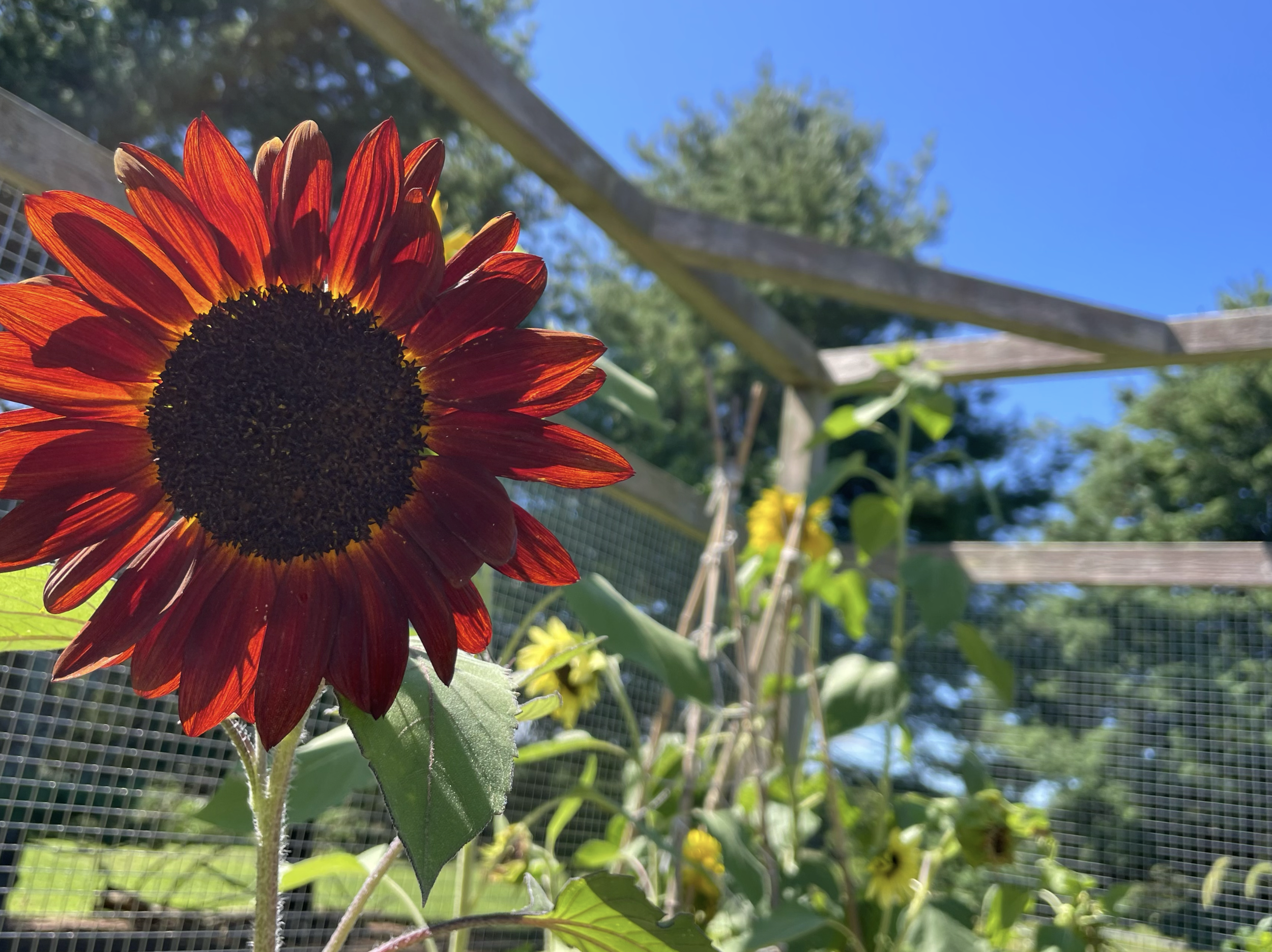
By Julie Mountcastle, Head of School and Chief Innovator
Head of School Blog
Authentic Assessment and the Learning Record at Slate School
By Julie Mountcastle, Head of School
March 15, 2021
In schools like Slate School that embrace student-led learning and vehemently oppose standardized testing, the task of demonstrating growth can be challenging. Rubrics can only express success through the eyes of their creator and therefore fall short. Fact-based assessments fail to recognize creativity and curiosity. So where does that leave us? At Slate School, we’ve discovered a method that we have been piloting for the last year. It is called the Learning Record. We found it first as a college-level assessment and then discovered that it had been used in different iterations for a wide variety of ages, first successfully in the UK, primarily in the early childhood sector. The program was then discovered and further explored in California until the California Public Schools moved more toward standardized testing. As Sir Ken Robinson discusses in his book Creative Schools, Peg Syverson of The Learning Record shares that “‘A lot of people don’t know that we have a large-scale assessment model, which was successful in California and other places that provides the kinds of data that people need to make decisions but is not divorced from the rich context of students’ actual work…One of my biggest heartaches out of the No Child Left Behind Act is that is pretty much demolished the very successful implementation of the Learning Record.’”
At Slate School, our current learning records look different from any of these earlier iterations, but share one major aspect, in that they seek to measure growth only against the previous performance of the learner. At the beginning of each year, we ask families to answer a series of questions so that we might better understand the progress that the child has made over time, and in particular during the Summer months away from school. We also interview the child to see what interests have developed and to hear the child’s hopes and goals for the year. Both of these interviews are written and loaded into the child's digital folder. It is important to note that from the start of Kindergarten, the children learn to reflect on their work and set goals and commitments each week. These goals and commitments are archived and become a part of the portfolio of each child. Extensive artifacts of learning are chosen by both learner and facilitators to tangibly express achievement. Projects of the child’s choice are pursued. At the conclusion of the first project cycle (one of at least 4 during the regular school year), children are asked a series of five questions. The questions are not factually related to the topic that they have studied, but instead are thoroughly open ended. The questions are meant to reveal growth in the journey of learning, not in knowledge, although learners often share new understandings as well. These interviews are video recorded to capture all of the cues of the child.
At the conclusion of the last project cycle of the year, we ask the children the same series of questions. A small group of educators from the school, including at least one of the child's closest teachers, as well as teachers with whom the child has had fewer interactions — ideally representing previous and immediately future grade levels — meet to discuss and provide context for the range of unique student growth. These observations become a part of the learning journey as well. This observational perspective is authentic in that it enables the child to speak for themselves. In many schools, the end-of-the-year conversations about the children advancing to another educator’s classroom are intended to give pertinent and powerful help to the expectant educator by way of introducing them to the child in advance. All too often, however, these conversations lead to the sharing of misinterpretations and well-intentioned, but potentially biased remarks about learning style and behavior. In contrast, looking at the learner’s own reflection on their work is a powerful and wholly positive representation of the current position on the learning journey. We have resisted the allure of rubrics, as they sometimes create a false end to the curiosity of the learner. Instead, we contemplate the wide curriculum as we recognize points of progress, areas of emerging mastery, and future learning goals. Sir Ken Robinson’s book Creative Schools further discusses The Learning Record: “‘For the children, it was absolutely revolutionary to be looked at in that way, because the teacher was busy looking for what they were showing they knew how to do.’”
At Slate School, we collect written narratives of student progress twice each year, as well as student- and facilitator-curated archives of representative work. Through this portfolio approach, we develop a robust picture of the child in the moment, as well as a trajectory that helps both student and educator to goal set for future achievement. We feel strongly that it is important to plan without creating a prescribed path. We wonder about the evolution of artifact collections as children get older and their tasks become more complex, and what adjustments we might consider in advance of this growth.
We are always interested in sharing this practice and learning from others about similar or compatible processes for making learning transparent.